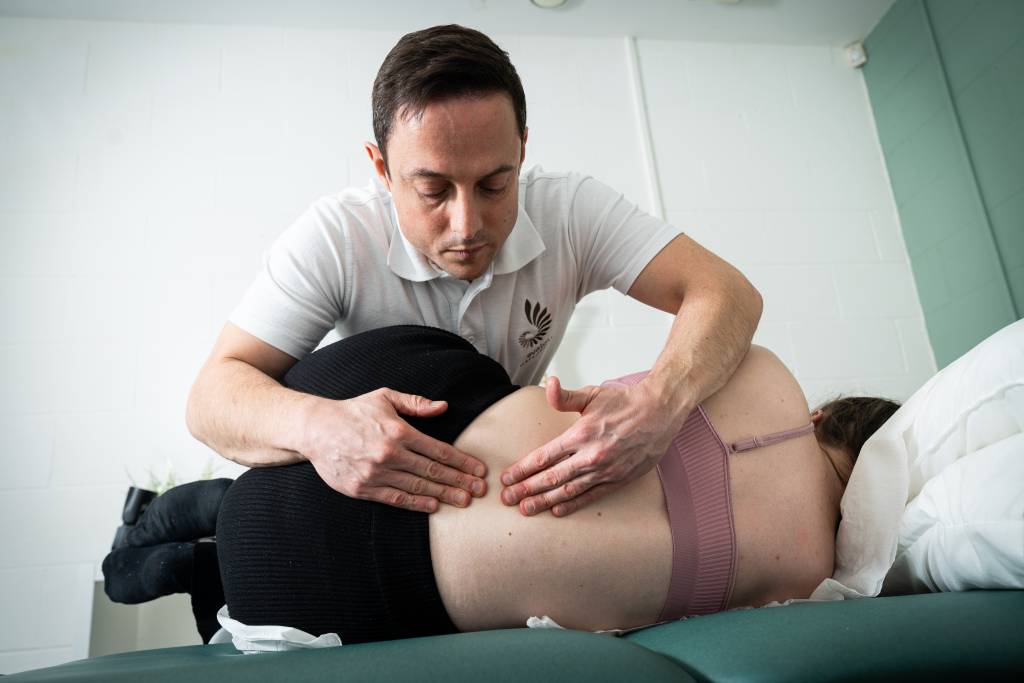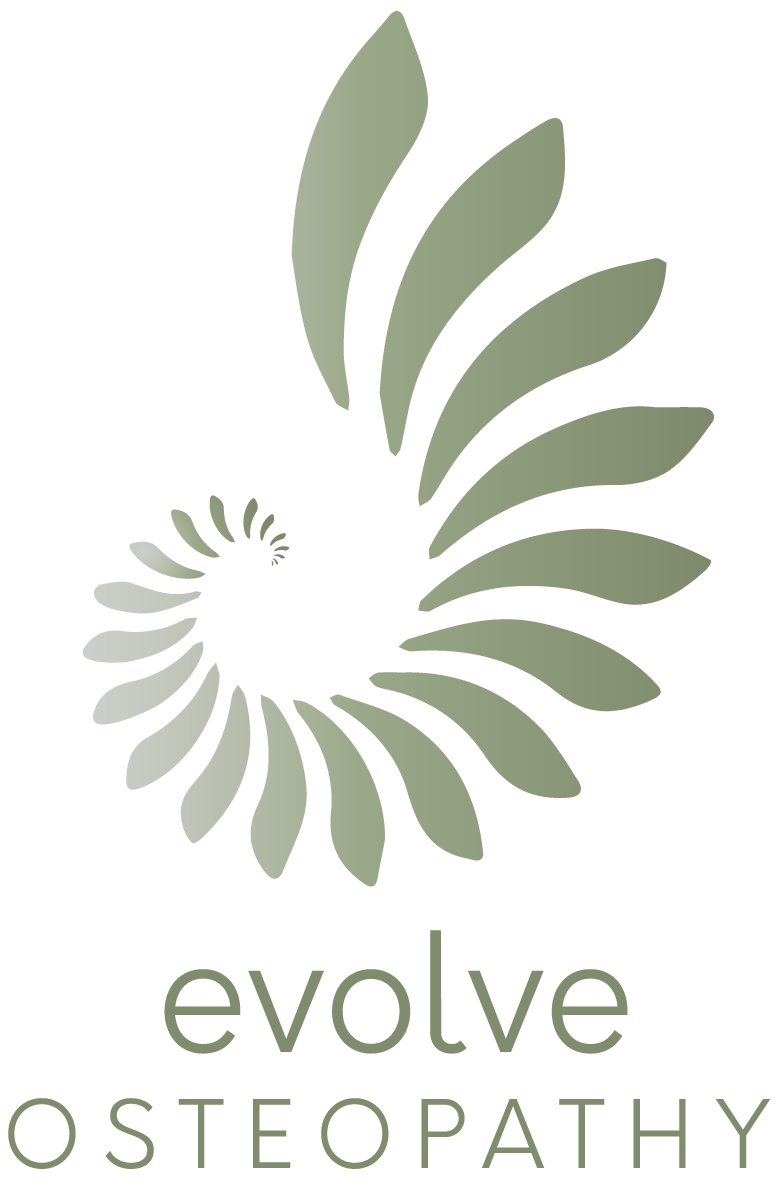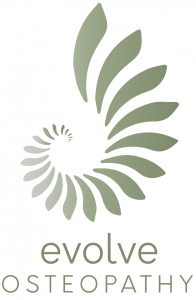Classical Osteopathy brings a traditional view to the Osteopathic profession where many of the original concepts an ideas brought forth by the early Osteopaths are taught through the institute of Classical Osteopathy. This is not done via manipulation but whole body integration via adjustment whereby a holistic approach to healthcare is the focus on treating the body rather than just treating individual symptoms or body parts. This approach will emphasise the importance of restoring balance and alignment to the body in order to promote overall health and well-being.
In this blog, we will explore what classical osteopathy is, the principles of whole body integration, the benefits of these practices, and how you can incorporate them into your health routine.
Understanding Classical Osteopathy
Classical Osteopathy is a form of Osteopathy that was developed in the late 19th century by Dr. Andrew Taylor Still and then further interpreted by JM Littlejohn. It is based on the belief that the body has the inherent ability to heal itself, and that by restoring proper alignment and function to the musculoskeletal system, the body can better heal and regulate itself.
Osteopaths use a variety of hands-on techniques, such as joint articulation, soft tissue manipulation and massage, joint manipulation, cranial osteopathy and other in-direct techniques such as balanced ligamentous tension, to help improve the body’s structure and function.

The Principles of Whole Body Integration
Whole Body Integration is the concept of looking at the body as a whole interconnected system, rather than just focusing on individual parts or symptoms. This approach recognises that every part of the body is interconnected and that dysfunction in one area can affect other areas as well.
I always refer back to the blog post I wrote on Tensegrity and how it relates to Osteopathy. Albeit the tensegrity model only depicts a structural mechanical metaphor to the human body whereby the bodies connective tissue “fascia” that envelops the organs, muscles, brain etc and muscle provide the tension and integrity around the skeleton which is in compression. With a tensegrity model that you see below, if you compress one side, the model will distort creating compression and tension through the elastic bands to compensate. As you can see it affects the whole structure and with an injury or area or dysfunction in your body it creates a ripple affect throughout your whole body.

By treating the body as a whole, you are more likely to find and treat the root cause of the issue rather than just treating the symptoms.
“To find health should be the object of the doctor. Anyone can find disease”
Dr Andrew Taylor Still, The Founder of Osteopathy
Spinal Mechanics and the Polygon of Forces
These old classical osteopathy charts below (used with permission from the Institute of Classical Osteopathy) show how lines of forces i.e gravity acts through our spine. As we are constantly righting ourselves against gravity, our spine will compensate to protect the special senses such as the vision, hearing/balance centres and jaw function which all need to be in line with the horizon. Lines on the left and right diagrams show lines of force travelling from the front of the spine to the back and then the back to the front-respectively.
By combining these lines, as in the central diagram, we get a 3 dimensional picture of how the head sits directly above the pelvis. Where these force lines combine, it produces a very important area where the head effectively balances in front of the 4th Dorsal/thoracic vertebrae.

What are the Benefits of seeing a Classical Osteopath?
One of the key benefits of visiting a classical osteopath is that they practice a ‘whole body’ routine. This approach ensures that nothing is missed in diagnosis and treatment. Classical Osteopath’s use a lot of “Long lever” techniques through the extremities in order to allow every soft tissue (muscle) insertion into the spine and pelvis to be addressed and restore blood flow where lacking.
It is aimed at achieving a stable, integrated structure (much like the tensegrity model), thus restoring the internal environment and providing an essential platform in order for the body to heal optimally.
By restoring balance to the body, osteopathy can also help improve circulation, reduce inflammation, and promote relaxation. Additionally, many patients find that osteopathy helps improve their overall quality of life by reducing stress and enhancing their body’s ability to heal itself.
Incorporating Whole Body Integration into Your Health Routine
To incorporate whole body integration into your health routine, consider seeking out an Osteopath trained in classical osteopathy and who follow the work of the Institute of Classical Osteopathy and or have studied the post graduate diploma in classical osteopathy. These practitioners can help you develop a personalised treatment plan that addresses your specific needs and goals.
In addition to manual therapies, consider incorporating practices such as Tai Chi, Yoga and pilates (which are all on offer at the Riccall Regen Centre throughout the week) There is a timetable here. Mindfulness meditation and Sound Healing by way of a “Sound bath” in York are other ways in which you can help with your mental and emotional practices as part of a holistic package of care. By taking a holistic approach to your health, you can help support your body’s natural ability to heal and thrive.
Conclusion
In conclusion, classical osteopathy and whole body integration offer holistic approaches to healthcare that focus on treating the body as a whole system. By restoring balance and alignment to the body, these practices can help improve overall health and well-being. If you are interested in incorporating these practices into your health routine, consider seeking out practitioners who specialise in a classical approach to osteopathy and exploring a variety of mind-body practices to promote overall wellness.

